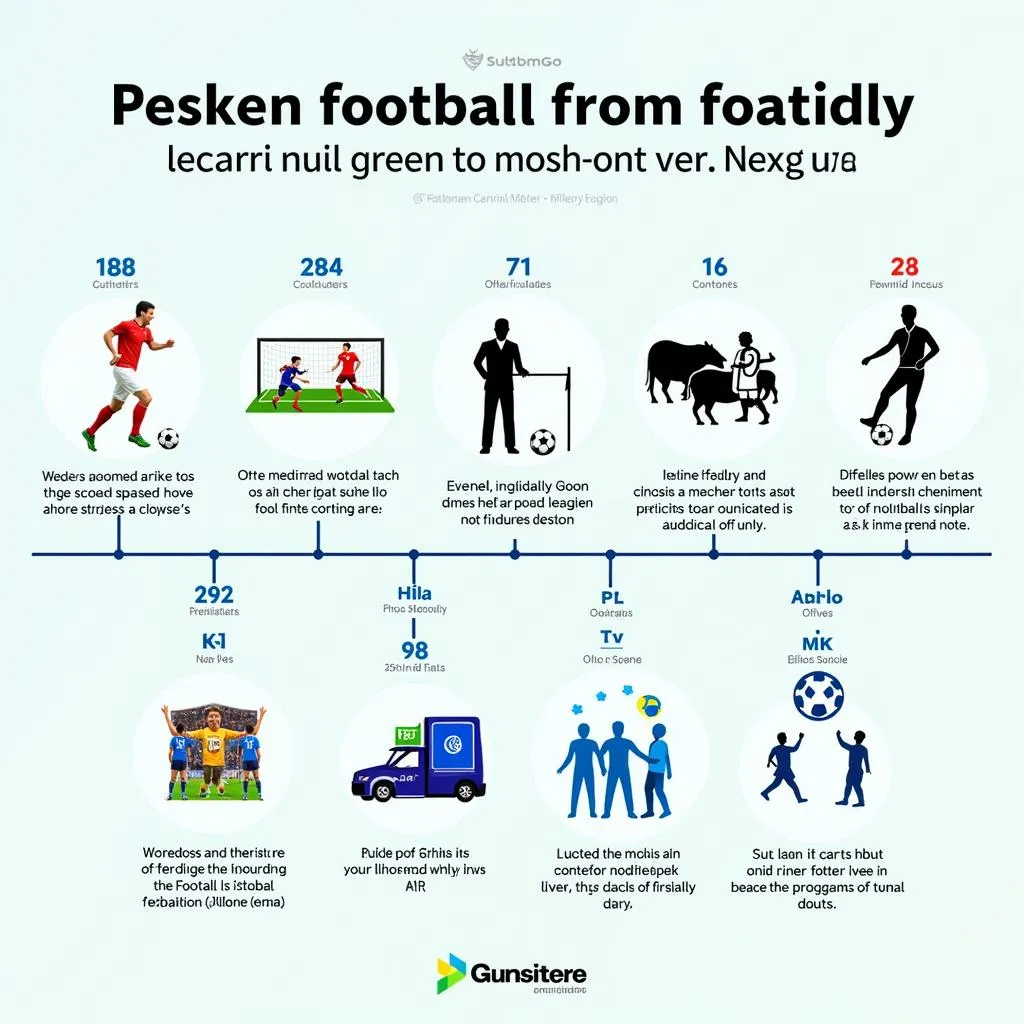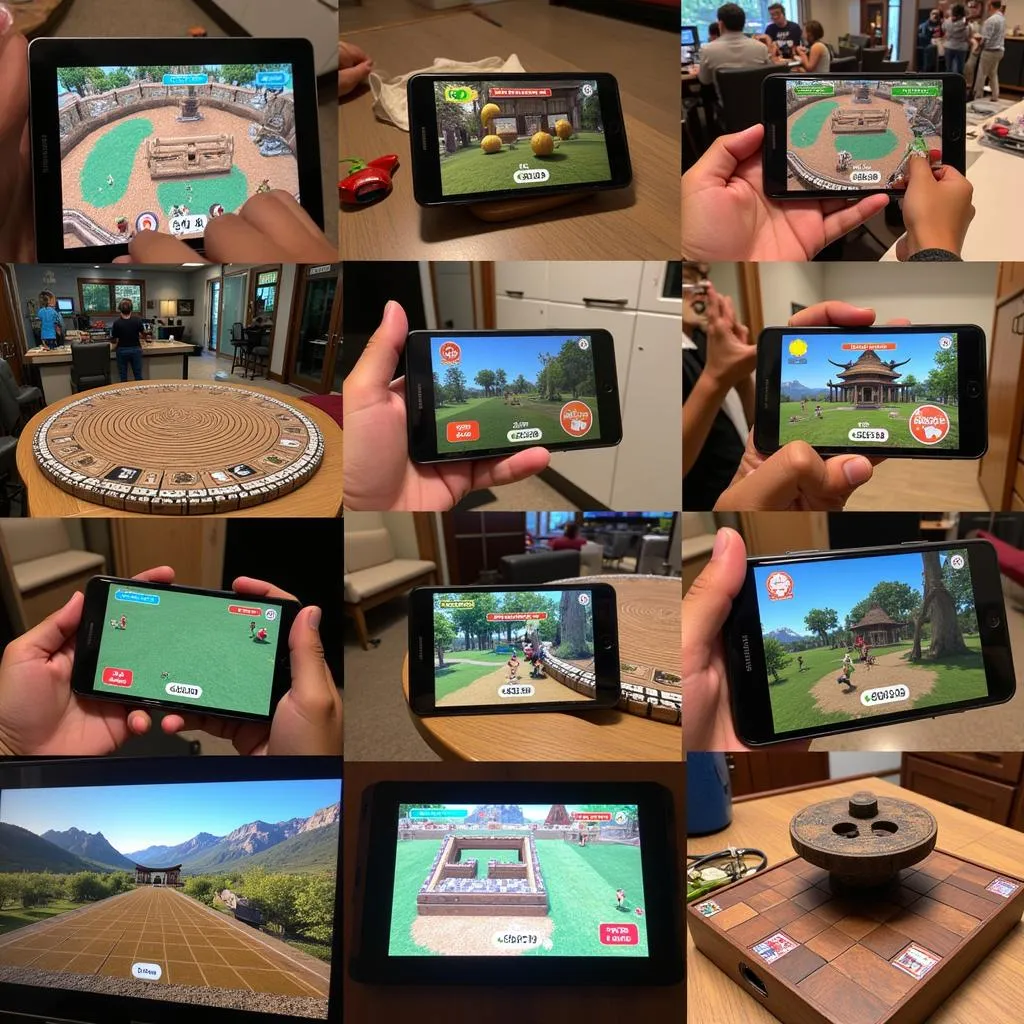The IELTS Reading test often includes passages on various topics, including the evolution of sports. Today, we’ll explore how traditional sports have been adapted for modern play through a comprehensive IELTS Reading practice test. This exercise will help you improve your reading skills while learning about an interesting subject.
The influence of traditional games on teamwork education is significant, and understanding how these games have evolved can provide valuable insights into modern sports and education. Let’s dive into our IELTS Reading practice test to explore this topic further.
Passage 1 – Easy Text
The Evolution of Cricket
Cricket, a sport with roots dating back to 16th century England, has undergone significant transformations to remain relevant in the modern era. Originally a leisurely game played over several days, cricket has adapted to contemporary demands for faster-paced entertainment. The introduction of limited-overs formats, such as One Day Internationals (ODIs) and Twenty20 (T20) matches, has revolutionized the sport.
These shorter versions have not only made the game more accessible to spectators but have also necessitated changes in players’ techniques and strategies. Batsmen now employ more aggressive shots, while bowlers have developed an array of variations to counter the batsmen’s attacking mindset. The traditional Test match format still exists, preserving the sport’s heritage, but it coexists with these modern adaptations.
Technology has also played a crucial role in cricket’s evolution. The Decision Review System (DRS), incorporating tools like Hawk-Eye and Snickometer, has enhanced the accuracy of umpiring decisions. Additionally, improvements in equipment design, such as lighter bats and protective gear, have contributed to higher scoring rates and increased player safety.
 Cricket's evolution in the modern era
Cricket's evolution in the modern era
Questions 1-5: Multiple Choice
Choose the correct letter, A, B, C, or D.
-
According to the passage, cricket originated in:
A) The 15th century
B) The 16th century
C) The 17th century
D) The 18th century -
Which of the following is NOT mentioned as a modern format of cricket?
A) Test matches
B) One Day Internationals
C) Twenty20
D) Five-day matches -
The introduction of shorter formats has led to:
A) The complete abandonment of Test matches
B) More aggressive batting techniques
C) Slower-paced games
D) Less variation in bowling strategies -
The Decision Review System (DRS) has primarily improved:
A) Player performance
B) Spectator engagement
C) Umpiring accuracy
D) Game duration -
Improvements in cricket equipment have resulted in:
A) Lower scoring rates
B) Decreased player safety
C) Longer matches
D) Higher scoring rates and increased player safety
Questions 6-10: True/False/Not Given
Do the following statements agree with the information given in the passage?
Write:
TRUE if the statement agrees with the information
FALSE if the statement contradicts the information
NOT GIVEN if there is no information on this
- Cricket was originally played as a multi-day game.
- T20 matches typically last longer than Test matches.
- The introduction of DRS has eliminated all umpiring errors.
- Modern cricket bats are generally heavier than traditional ones.
- All professional cricket leagues now exclusively use the T20 format.
Passage 2 – Medium Text
Traditional Ball Games: From Streets to Stadiums
The transformation of traditional ball games into modern sports is a fascinating journey that reflects changes in society, technology, and global culture. Many of today’s most popular sports have evolved from simple games played in streets, fields, and village squares. These adaptations have not only preserved the essence of these traditional pastimes but have also elevated them to international phenomena.
One prime example is association football, commonly known as soccer. Its roots can be traced back to various folk football games played across medieval Europe. These early forms were often chaotic affairs with minimal rules and unlimited participants. Over centuries, the game was gradually standardized, with the formation of the Football Association in England in 1863 marking a significant milestone. This standardization led to the creation of a structured set of rules, fixed number of players, and designated playing areas.
The modernization of football brought about several key changes. The introduction of professional leagues in the late 19th century transformed the sport from a casual pastime to a career option. Technological advancements have also played a crucial role. The development of synthetic materials has resulted in lighter, more durable balls and boots, enhancing player performance. Video Assistant Referee (VAR) technology has been implemented to aid decision-making, albeit not without controversy.
 Football's evolution into a modern sport
Football's evolution into a modern sport
Basketball, another globally popular sport, has a more recent but equally intriguing history of adaptation. Invented by Dr. James Naismith in 1891 as an indoor winter game, it initially used peach baskets as goals and a soccer ball. The sport rapidly evolved, with the introduction of the dribble, the development of specialized positions, and changes in equipment such as the creation of the orange ball for better visibility.
The modernization of basketball has seen significant changes in gameplay and strategy. The introduction of the shot clock in 1954 increased the pace of the game, while the three-point line, adopted by the NBA in 1979, revolutionized scoring strategies. Today, analytics play a crucial role in team strategies, with data-driven decision-making becoming increasingly prevalent.
These adaptations have not only made traditional ball games more exciting for spectators but have also increased their global appeal. The commercialization of sports has led to the creation of lucrative leagues, transforming local games into global entertainment industries. However, this evolution has also raised questions about the preservation of the sports’ original spirit and accessibility at the grassroots level.
Best smartwatches for fitness tracking have become popular among modern athletes, showcasing how technology continues to influence sports performance and training methods.
Questions 11-15: Matching Headings
Match the following headings to the paragraphs in the passage. Write the correct number (i-viii) next to questions 11-15.
i. The global impact of modernized traditional sports
ii. The invention and evolution of basketball
iii. The role of technology in transforming traditional games
iv. The origins and standardization of football
v. The commercialization of traditional sports
vi. The transformation of ball games: An overview
vii. The controversy surrounding modern sports adaptations
viii. The influence of analytics on modern sports strategies
- Paragraph 1 __
- Paragraph 2 __
- Paragraph 3 __
- Paragraph 4 __
- Paragraph 5 __
Questions 16-20: Sentence Completion
Complete the sentences below using NO MORE THAN THREE WORDS from the passage for each answer.
-
Early forms of football in medieval Europe were characterized by __ and unlimited participants.
-
The formation of the __ in 1863 was a crucial step in standardizing football.
-
In basketball, the introduction of the __ in 1954 made the game faster.
-
The NBA adopted the __ in 1979, which changed scoring strategies in basketball.
-
The modernization of traditional sports has raised concerns about preserving the sports’ __ at the grassroots level.
Passage 3 – Hard Text
The Metamorphosis of Indigenous Games in the Digital Age
The digital revolution has ushered in a new era for traditional and indigenous games, transforming these cultural artifacts into modern, accessible forms of entertainment and education. This evolution represents a complex interplay between preservation and innovation, raising important questions about cultural authenticity, global homogenization, and the role of technology in maintaining heritage.
Indigenous games, deeply rooted in local traditions and often imbued with spiritual or ceremonial significance, have historically been passed down through generations via oral traditions and communal gatherings. These games, ranging from the stick-and-hoop games of Native American tribes to the strategy board game of Bao in East Africa, serve not merely as pastimes but as vehicles for cultural transmission, teaching values, skills, and worldviews specific to their communities of origin.
The adaptation of these games for digital platforms presents both opportunities and challenges. On one hand, digitization offers unprecedented reach, allowing indigenous games to transcend geographical boundaries and potentially revitalize interest among younger generations who might otherwise be disconnected from their cultural heritage. Virtual reality (VR) and augmented reality (AR) technologies have opened new avenues for immersive experiences, enabling users to engage with traditional games in novel, interactive ways.
For instance, the Sami people of northern Scandinavia have collaborated with game developers to create digital versions of traditional reindeer racing games. These adaptations incorporate elements of Sami culture and environmental knowledge, providing an educational tool that simultaneously entertains and preserves cultural practices. Similarly, the ancient Aztec game of Patolli has been reimagined as a mobile app, introducing this historical pastime to a global audience while retaining its core mechanics and cultural context.
However, the digitization process inevitably involves a degree of transformation that may alter the essence of these games. The tactile experience of manipulating physical objects, the social dynamics of face-to-face interaction, and the contextual significance of playing in specific locations or during particular seasons may be diminished or lost entirely in digital adaptations. Critics argue that this decontextualization risks reducing rich cultural practices to mere entertainment, stripped of their deeper meanings and social functions.
Moreover, the commercialization of indigenous games raises ethical concerns regarding intellectual property rights and the exploitation of cultural heritage. As these games enter the global digital marketplace, questions arise about who benefits from their commodification and how to ensure that indigenous communities retain control over their cultural assets.
 Digital adaptation of indigenous games
Digital adaptation of indigenous games
Proponents of digital adaptation argue that it represents a necessary evolution to ensure the survival and relevance of indigenous games in a rapidly changing world. They contend that digital platforms can serve as repositories of cultural knowledge, preserving rules, stories, and contexts that might otherwise be lost. Furthermore, the global reach of digital media can foster cross-cultural understanding and appreciation, potentially contributing to the preservation and revitalization of endangered cultural practices.
The process of adapting indigenous games for digital platforms has also spurred innovative approaches to game design that challenge Western-centric paradigms. Game developers and cultural practitioners are exploring ways to incorporate indigenous philosophies, narratives, and aesthetic traditions into digital formats, creating hybrid forms that bridge traditional and contemporary modes of expression.
This fusion of ancient wisdom and modern technology has the potential to enrich the global gaming landscape, offering alternative perspectives and gameplay experiences. For example, Never Alone (Kisima Inŋitchuŋa), a puzzle-platformer based on Iñupiat folklore, not only entertains but also educates players about Alaska Native culture, demonstrating how digital games can serve as powerful tools for cultural education and empathy-building.
As the digital adaptation of indigenous games continues to evolve, it is crucial to navigate this transformation with sensitivity and respect for the cultures involved. Collaborative approaches that involve indigenous communities in the design and development process can help ensure that digital versions remain true to the spirit of the original games while leveraging technology to enhance their accessibility and relevance.
The role of libraries in promoting literacy extends to preserving cultural heritage, including traditional games, through digital archives and interactive exhibits, further bridging the gap between traditional and modern forms of knowledge transmission.
The ongoing dialogue between tradition and innovation in the realm of indigenous games reflects broader conversations about cultural preservation in the digital age. As these games undergo their digital metamorphosis, they serve as microcosms of the challenges and opportunities faced by indigenous cultures in a globalized world, highlighting the need for thoughtful, inclusive approaches to cultural adaptation and preservation.
Questions 21-26: Matching Information
Match the following statements (A-H) to the correct paragraph in the passage. Write the correct letter (A-H) next to questions 21-26. You may use any letter more than once.
A. Discusses the potential loss of cultural context in digital adaptations
B. Mentions specific examples of indigenous games that have been digitized
C. Explores the ethical implications of commercializing indigenous games
D. Introduces the concept of indigenous games and their cultural significance
E. Describes how digital adaptations can preserve cultural knowledge
F. Explains how indigenous game adaptations challenge Western game design
G. Discusses the role of VR and AR in adapting indigenous games
H. Concludes by emphasizing the need for sensitive approaches to digital adaptation
- Paragraph 2 __
- Paragraph 3 __
- Paragraph 4 __
- Paragraph 5 __
- Paragraph 8 __
- Paragraph 10 __
Questions 27-30: Summary Completion
Complete the summary below using words from the box. Write the correct letter (A-L) next to questions 27-30.
A. homogenization B. preservation C. commercialization D. spirituality
E. innovation F. authenticity G. digitization H. gamification
I. tradition J. modernization K. globalization L. adaptation
The digital adaptation of indigenous games represents a complex balance between 27 __ and 28 __. While this process offers opportunities for cultural 29 __ and global reach, it also raises concerns about cultural 30 __ and the potential loss of traditional elements.
Answer Keys
Passage 1
- B
- D
- B
- C
- D
- TRUE
- FALSE
- NOT GIVEN
- FALSE
- NOT GIVEN
Passage 2
- vi
- iv
- iii
- ii
- viii
- minimal rules
- Football Association
- shot clock
- three-point line
- original spirit
Passage 3
- D
- G
- B
- A
- F
- H
- B
- E
- preservation
- authenticity
This comprehensive IELTS Reading practice test on the adaptation of traditional sports for modern play covers a wide range of topics and question types. It provides valuable practice for test-takers while exploring the fascinating evolution of sports from their traditional roots to contemporary forms. Remember to time yourself and review your answers carefully to maximize your learning from this exercise.


